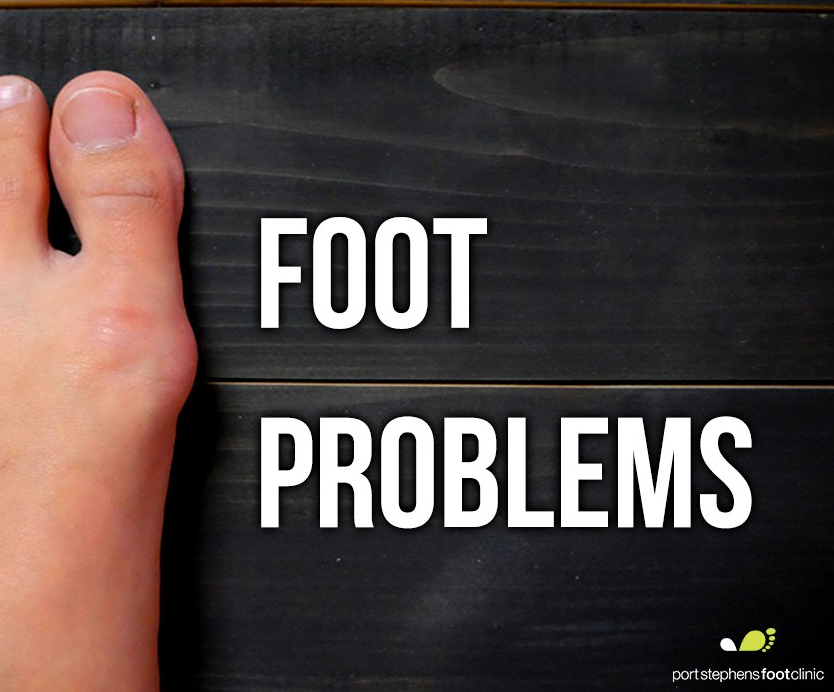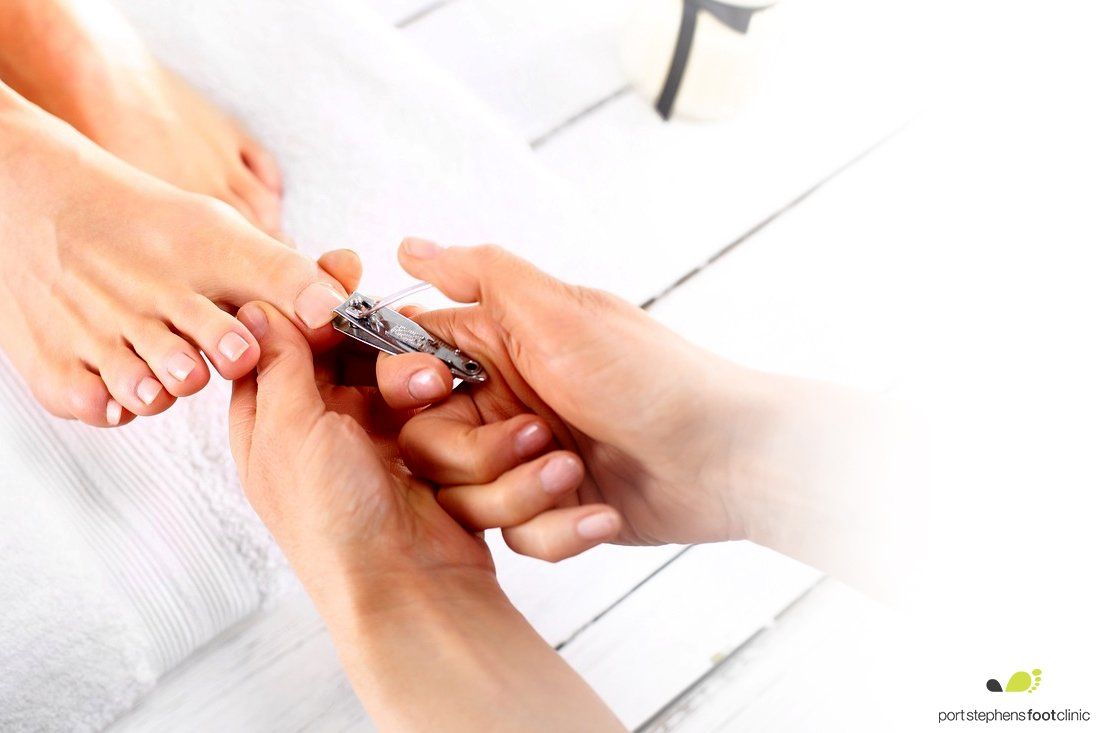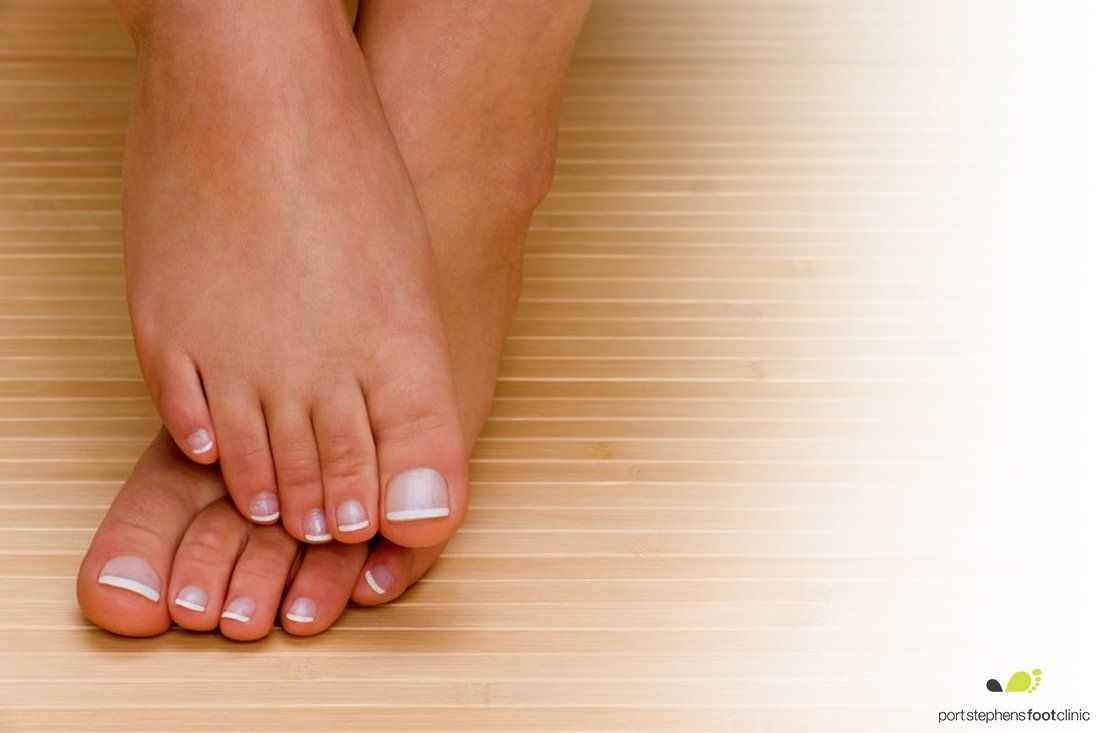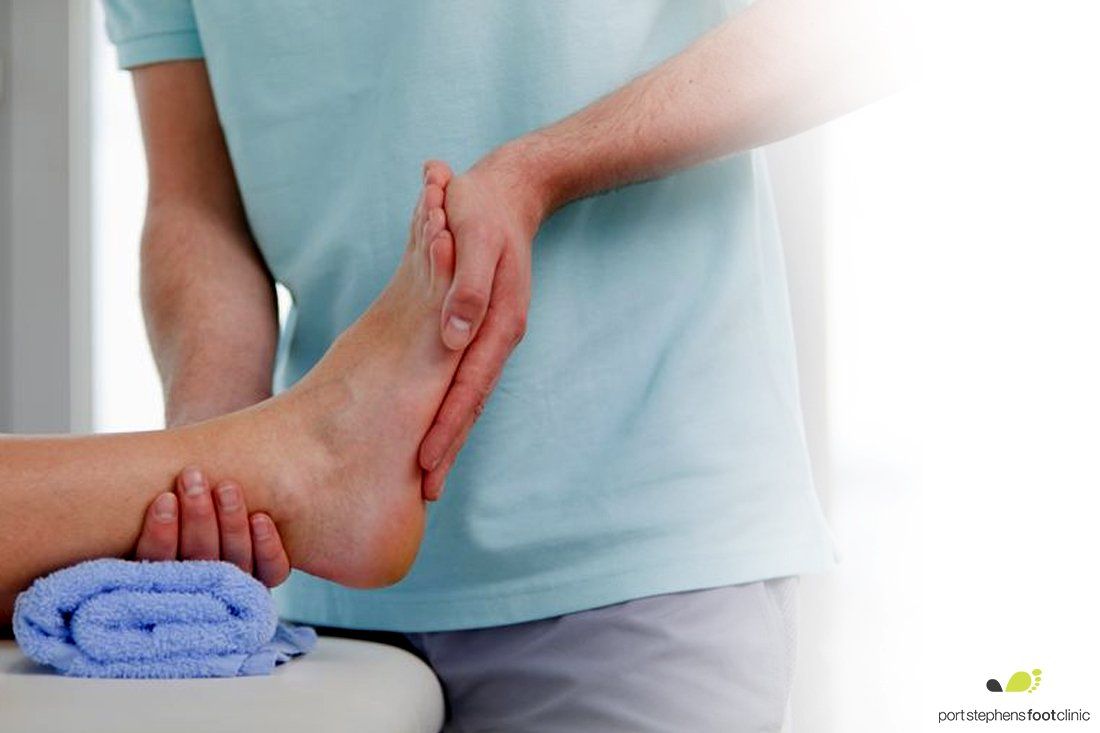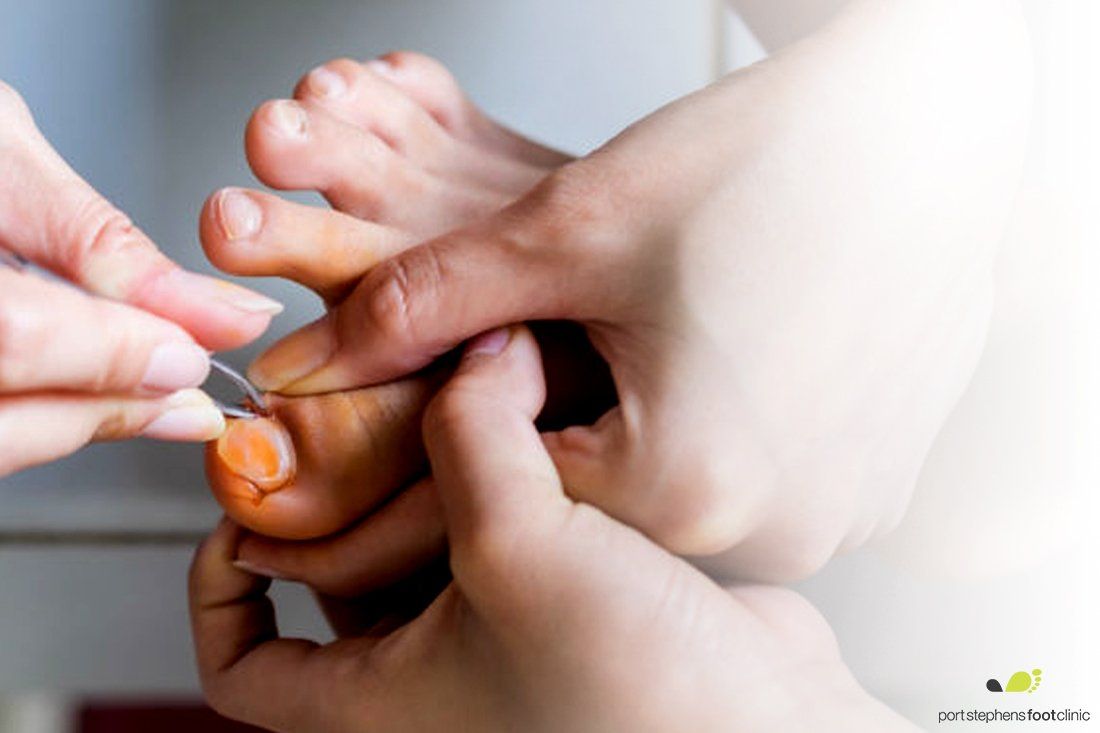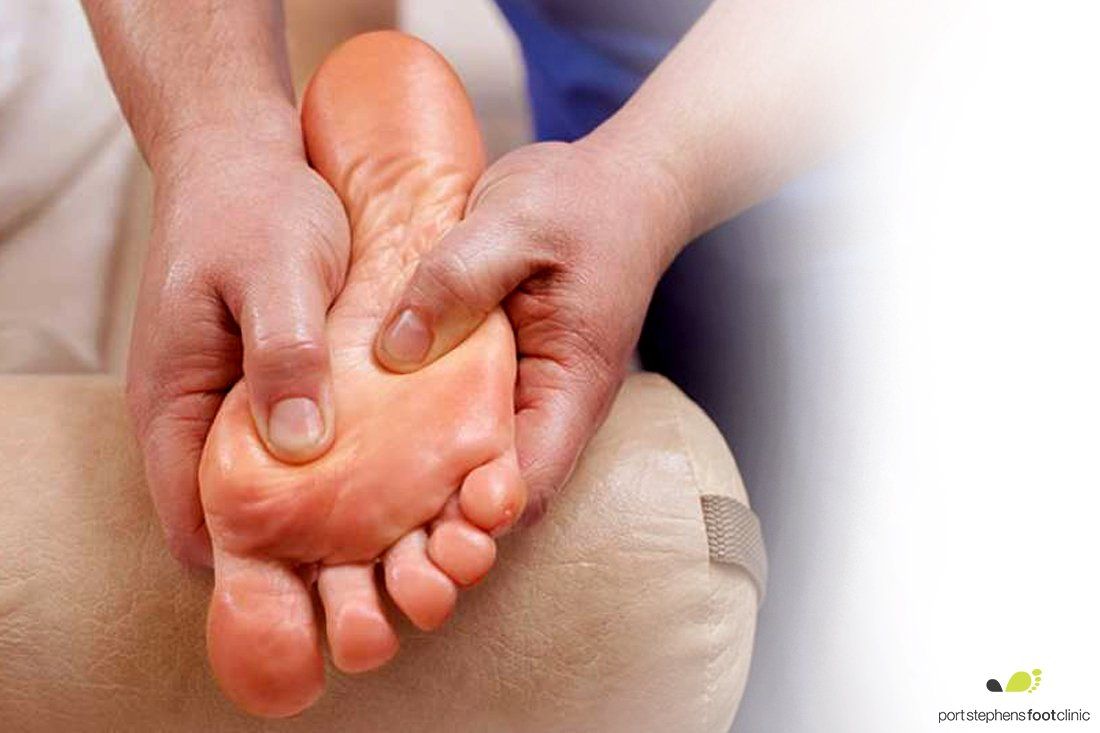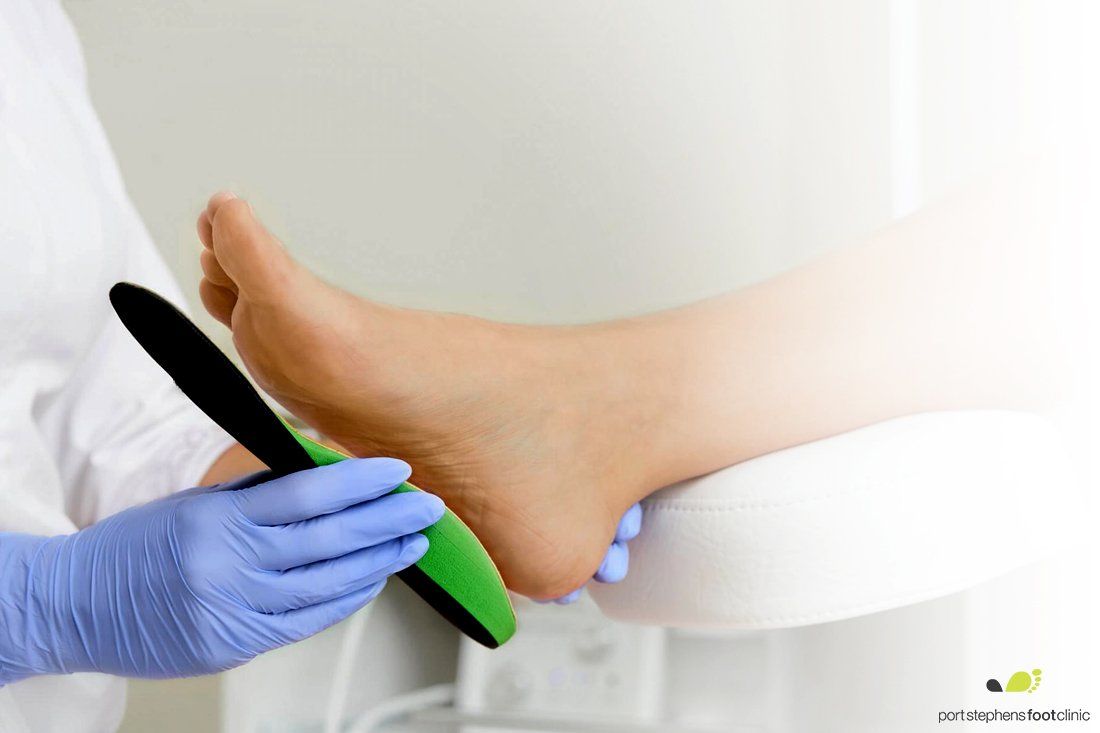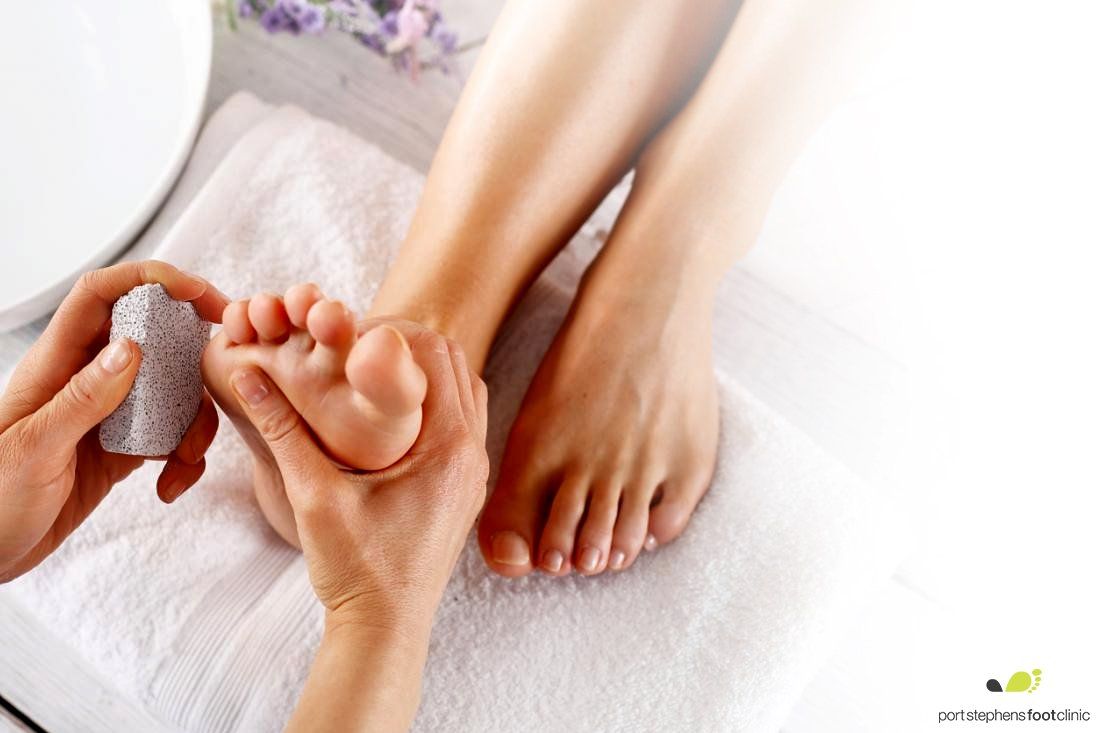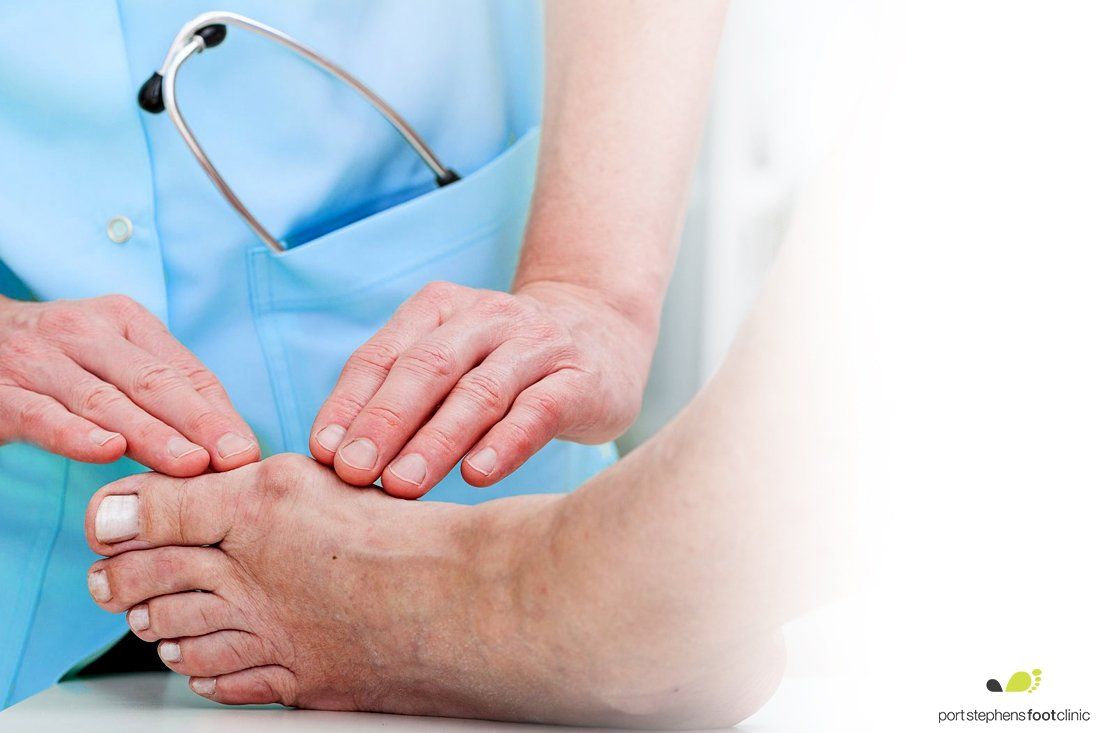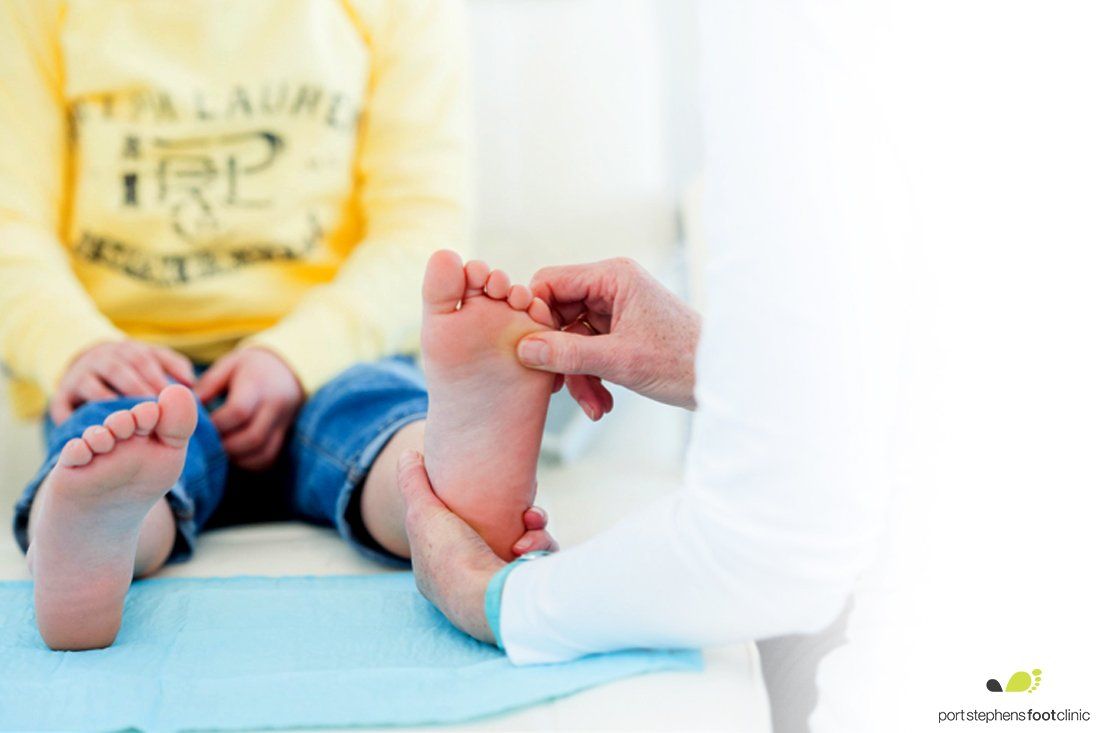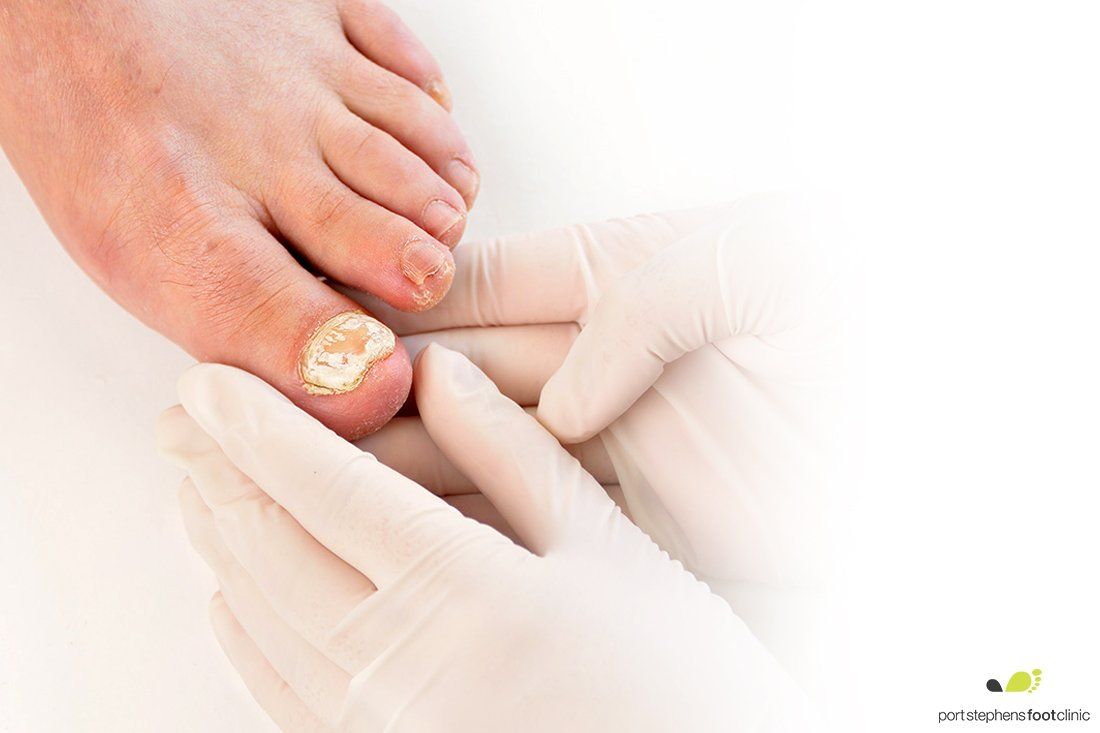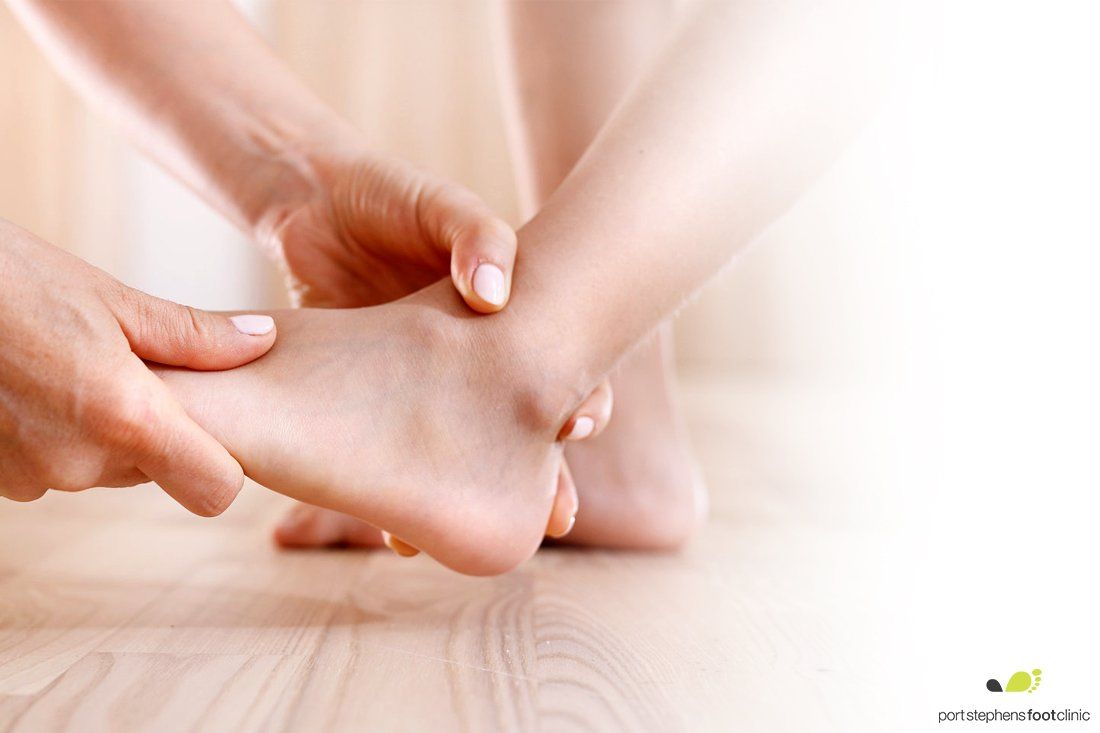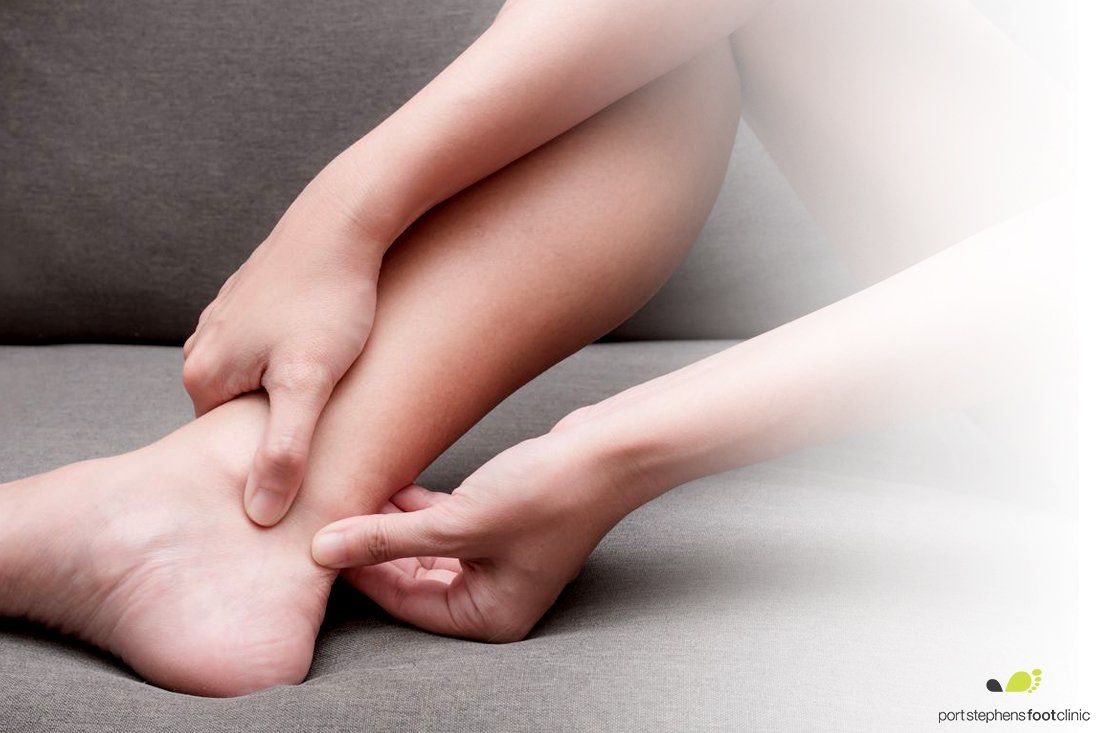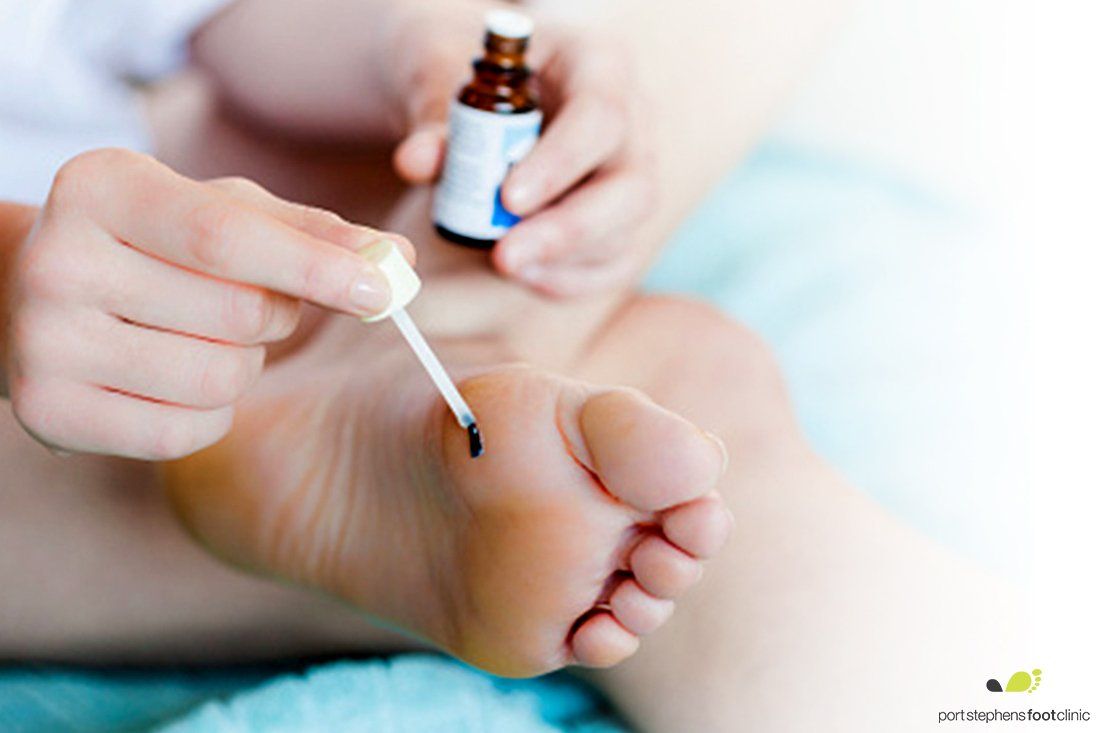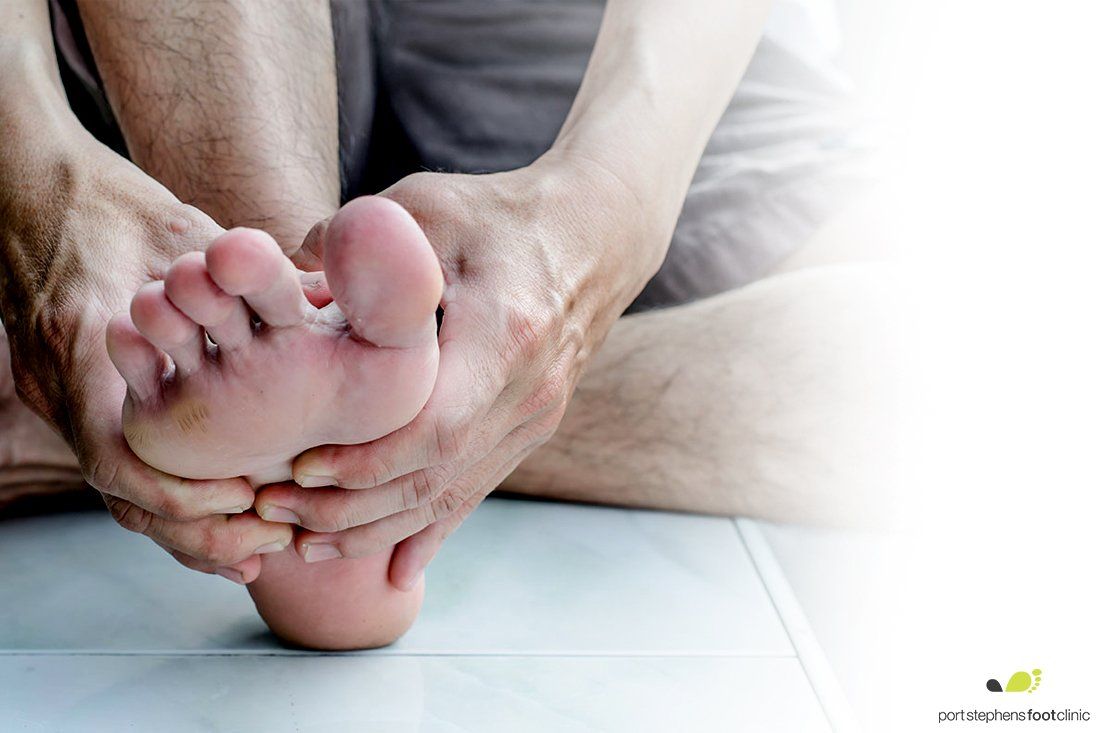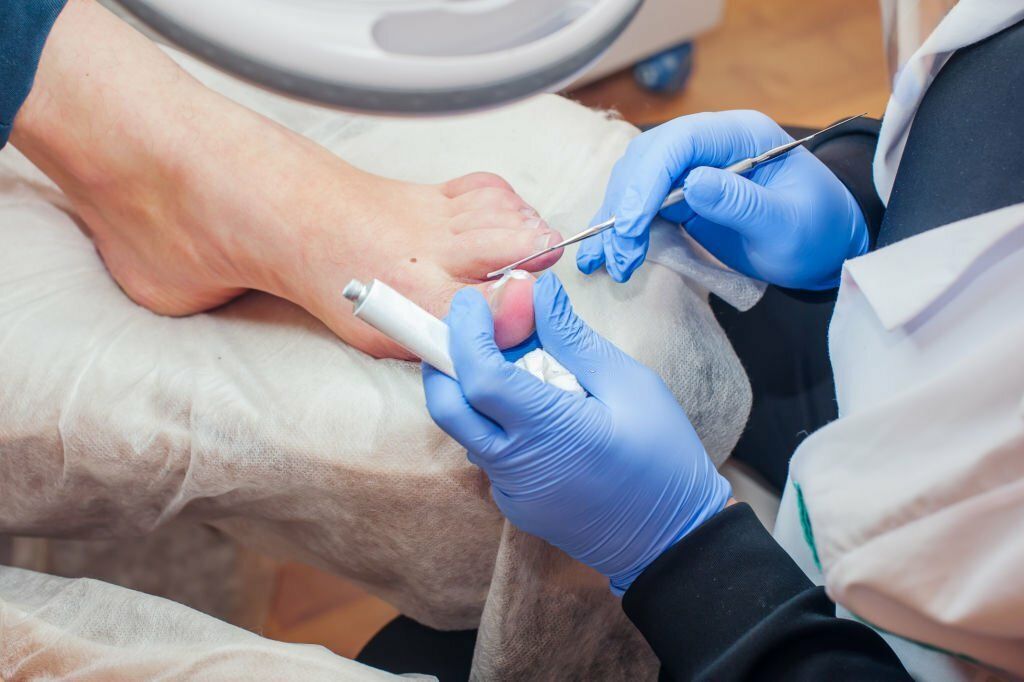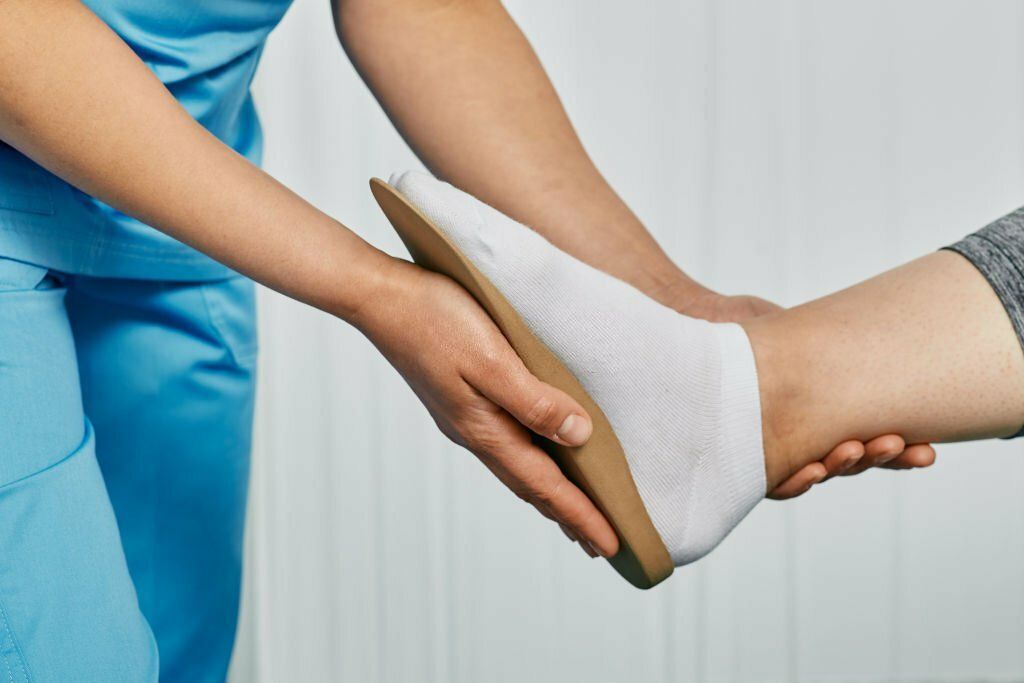Achilles Tendonitis
The achilles attaches your calf muscles to the back of your heel. Achilles tendonitis occurs when excessive pressure or force is applied to the tendon. Common causes are feet that "roll in" too much, overuse of the calf muscle/achilles tendon, tight calf muscles and wearing high heel shoes regularly.
Achilles tendonitis involves an injury of the Achilles tendon, the band of tissue connecting the calf muscles at your lower leg to the heel bone. This injury often occurs in people who overuse their calves in sports such as running or those who have suddenly increased the intensity or duration of their runs. Sometimes, self-care strategies can calm the symptoms of Achilles tendonitis, but recurring episodes are common. In addition, some people suffer from more serious cases of Achilles tendonitis. When this occurs, it can lead to tendon tears.
Achilles Tendonitis and Your Feet
Since the Achilles tendon is close to the feet, it can have an impact on them. For one thing, you may notice some swelling and pain around the bottom of the foot and the heel. If you notice significant heel pain, it could be related to the Achilles tendon. Of course, when the heel is swollen and painful, you may have difficulties with walking and getting around.
Symptoms and Risks
There are certain symptoms that are indicative of Achilles tendonitis. You may start out with having some mild pain in the back of the leg or above the heel. This pain may occur after doing a sports activity or running. As time goes on, you might have periods of time when the pain is worsened. This occurs after prolonged running, sprinting, or stair climbing.
In addition to the pain, you might also experience other symptoms such as tenderness and stiffness. This usually occurs in the morning and improves with mild activity.
Some people have an increased risk of Achilles tendonitis. These risk factors include:
- Being a man. It’s more common in men.
- Ageing
- A flat arch in your foot
- Obesity
- Tight calf muscles
- Running in worn-out shoes
- Some medical issues or medications
Treatment and Prevention for Achilles Tendonitis
You can take precautionary measures to help prevent Achilles tendonitis in the following ways:
- Wear proper footwear.
- Warm up before running.
- Do stretching activities daily.
- Don’t put undue pressure on your feet.
- Build up your calf muscles.
If you have already had a flare-up of the Achilles tendon, you may need to seek a podiatrist. A podiatrist will assist with treatment measures to reduce the swelling, stretch the muscles, and assist with a heel lift for your footwear. This will ensure that your pain subsides and the situation stays under control.
Seeing a Podiatrist
At Port Stephens Foot Clinic, our certified podiatrists can help you with all your foot issues. If you are suffering from pain and stiffness in the Achilles tendon, reach out to our staff for an appointment. We help you get to the root of your Achilles tendonitis. When you come into our office, we’ll provide an evaluation of your issue and proceed with a treatment plan.
Get in touch with us today!



